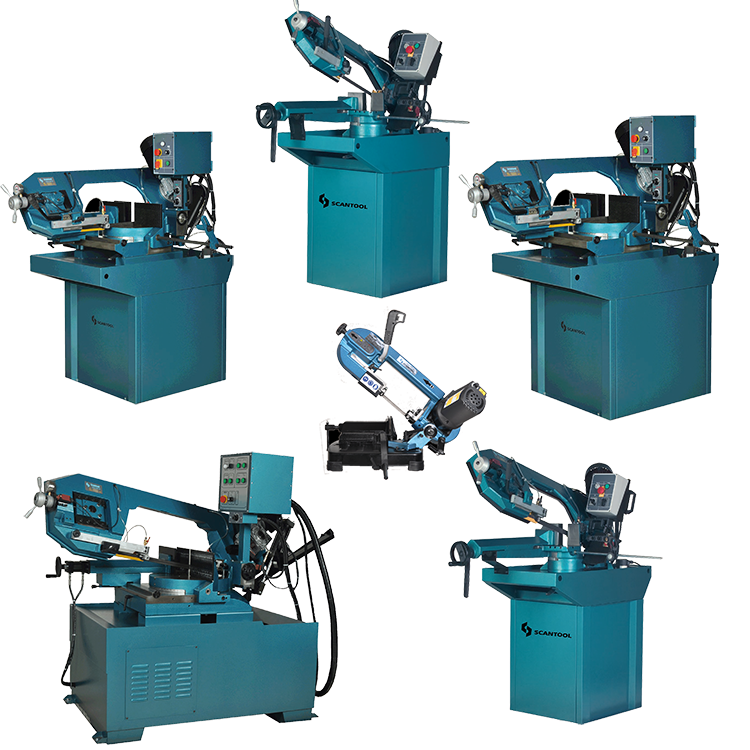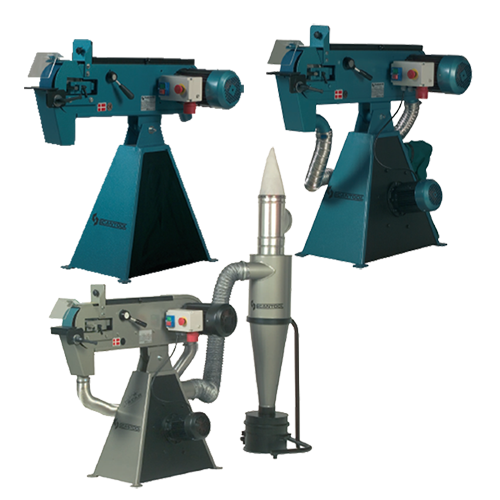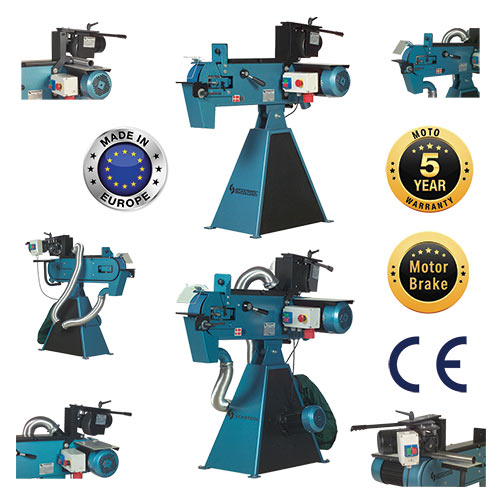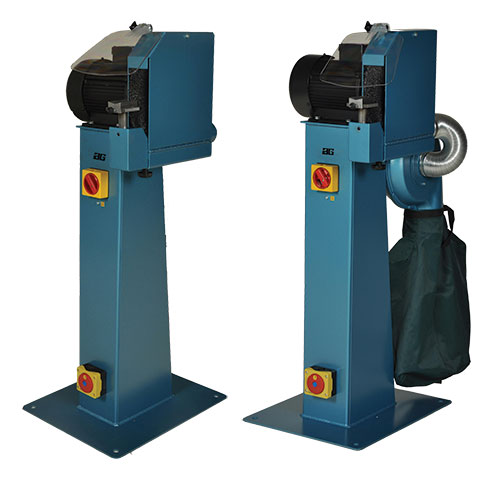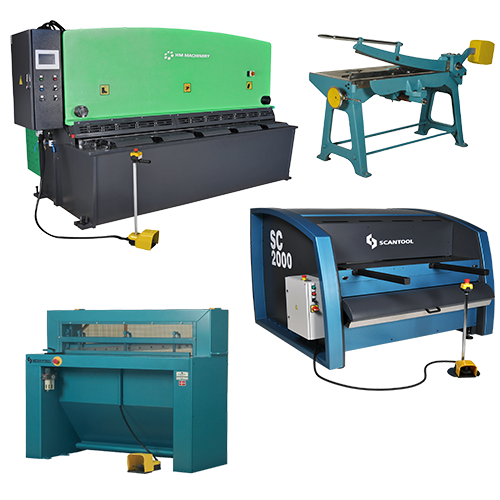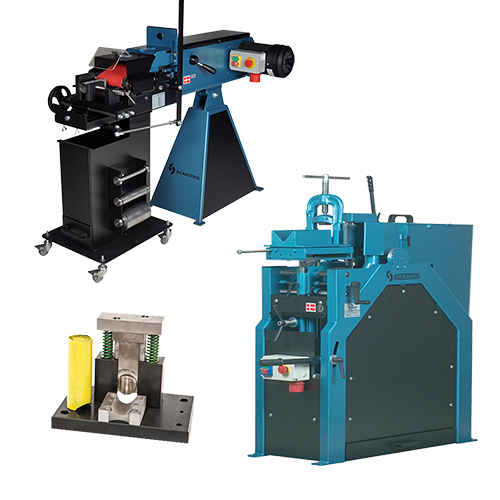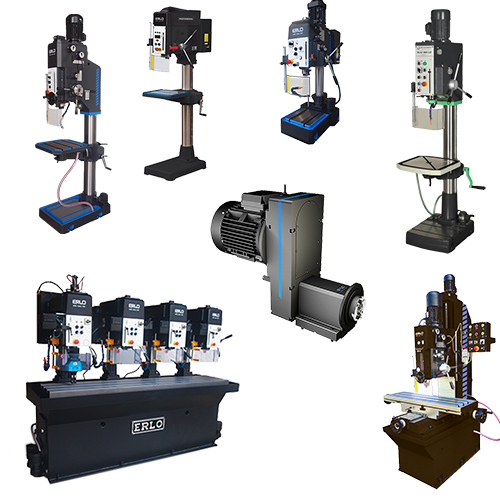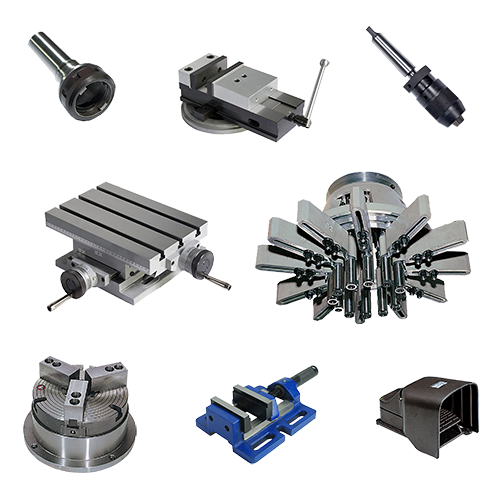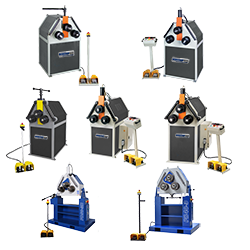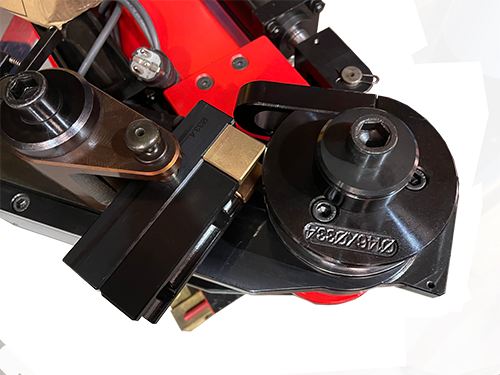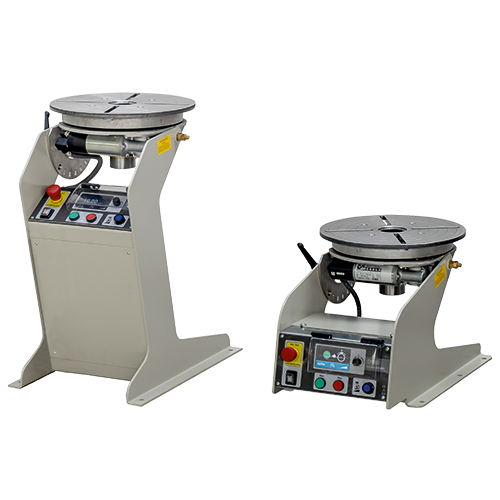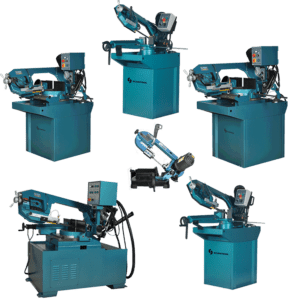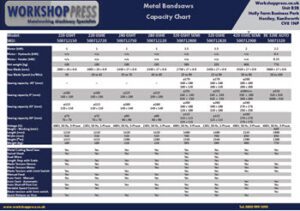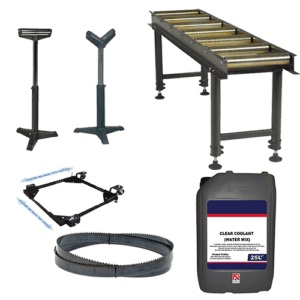Frequently Asked Questions About Metal Cutting Bandsaws
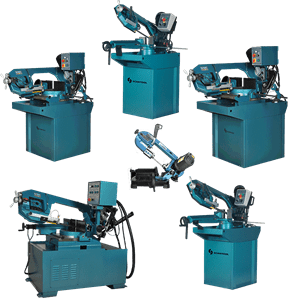
Q: How do single-phase motors differ from three-phase motors on bandsaws?
A: Single-phase motors are highly efficient and robust.
Single-phase motors are often perceived as less powerful than three-phase motors, but this is a misconception. Modern single-phase motors are robust and highly efficient, delivering strong performance for metal cutting tasks. They can be used with common power supplies without compromising cutting quality and efficiency, making them a viable option for industrial applications. While three-phase motors are common in industrial settings for their power delivery, single-phase motors provide sufficient power for most workshop and industrial needs and are easier to install in standard electrical setups.
Q: How does the blade breakage limit switch enhance safety on a metal cutting bandsaw?
A: The blade breakage limit switch provides automatic safety.
The blade breakage limit switch automatically stops the machine if the blade breaks, preventing accidents and damage to the workpiece and machine. This safety feature is crucial for maintaining a safe working environment.
Q: What are the most important features to consider when choosing a metal cutting bandsaw?
A: Key features ensure optimal performance and safety.
Key features to consider include:
- Saw head/bow construction: A rigid saw head or bow, ideally cast, reduces flexing and twisting under cutting stresses, ensuring straight and accurate cuts.
- Blade speed control: Infinitely variable speed control allows precise adjustment of the blade speed to match the material and cutting conditions.
- Saw head descent control: Speed control for the saw head descent ensures smooth and controlled cutting, enhancing accuracy and safety.
- Blade tensioning device: Proper blade tensioning is crucial for maintaining straight cuts and preventing blade breakage.
- Adjustable blade guide guard: An adjustable blade guide guard that can be brought close to the cut piece improves cut precision and safety.
- Coolant system: Coolant helps keep the blade cool, reducing wear and preventing overheating. Coolant ports at both the front and back are ideal.
- Chip removal brush: A brush that removes debris from the blade gullets prevents clogging and ensures smoother cuts.
- Clamping mechanism: A robust clamping mechanism securely holds the workpiece in place, reducing movement and vibration during cutting.
- Mitering capabilities: Single or double mitering capabilities are important for making angled cuts.
- Blade size capacity: Ensuring the bandsaw can accommodate the appropriate blade size for your cutting needs is crucial.
- Blade guides: Blade guides and rollers keep the blade straight during cutting, improving cut accuracy.
- Vice quick release: A quick-release vice allows for fast and easy repositioning of the material, increasing efficiency during repetitive cuts.
Q: Why is maintaining proper blade tension important for a metal cutting bandsaw?
A: Proper blade tension ensures precision and longevity.
Proper blade tension ensures the blade remains straight and stable during cutting, which is essential for achieving accurate and clean cuts. It also reduces the risk of blade breakage and prolongs blade life.
Q: How does variable speed control benefit metal cutting bandsaw operations?
A: Variable speed control optimizes cutting performance.
Variable speed control allows the operator to adjust the blade speed to match the type of metal and cutting requirements. This ensures optimal cutting performance, reduces blade wear, and enhances the overall quality of the cuts.
Q: What is the role of coolant in a metal cutting bandsaw?
A: Coolant reduces heat and friction.
Coolant reduces heat and friction during cutting, preventing blade overheating and extending blade life. It also helps remove chips from the cutting area, improving cut quality and efficiency.
Q: How do chip removal brushes improve the performance of a metal cutting bandsaw?
A: Chip removal brushes ensure cleaner cuts.
Most saws have a self-rotating brush that, when positioned correctly, rotates with the blade movement to clean debris from the blade gullets, preventing clogging and ensuring smoother, more efficient cuts. Some automated saws feature a motorized chip removal brush system for even more effective debris removal. This helps maintain blade sharpness and reduces wear.
Q: Why is the construction of the saw head or bow important in a metal cutting bandsaw?
A: A well-constructed saw head reduces vibration.
A well-constructed saw head or bow, particularly one that is cast, provides stability and reduces vibration during cutting. This minimizes flexing and twisting, ensuring accurate and straight cuts.
Q: What type of blade comes standard with the bandsaws?
A: Standard blades are durable and efficient.
The bandsaws come with a bi-metal blade featuring a 5/8 variable tooth pitch and a thickness of 1 mm. This blade configuration is designed for durability and efficient cutting performance across a variety of metals.
Q: Can I use different blade configurations on these bandsaws?
A: Multiple blade configurations are compatible.
Yes, there is a vast array of band saw blade configurations available on the market. As long as the blade’s length, height, and thickness are within the saw’s parameters, a variety of blades can be fitted onto the saws. This flexibility allows for customization based on specific cutting needs.
Q: How do I select the correct blade for my metal cutting bandsaw?
A: Select the correct blade based on material and specifications.
Selecting the correct blade involves choosing the right configuration based on the material being cut. Ensure the blade length, height, and thickness match the saw’s specifications. Additionally, consider the tooth pitch and type of material for optimal performance. The Workshop Press Company can assist you in determining the correct saw blade for your application.
Q: What factors should I consider for achieving top-quality cuts with my bandsaw?
A: Key factors ensure top-quality cuts.
To ensure top-quality cuts, select the correct blade configuration, set the appropriate blade cutting speed, and adjust the bow descent rate. These factors work together to provide precise and efficient cutting, extending the life of your blade and bandsaw.
Q: What advantages does an Adjustable Blade Guide Guard offer?
A: Adjustable blade guide guards improve precision and safety.
An adjustable blade guide guard that can be positioned close to the workpiece enhances cut precision and safety by reducing blade deflection and providing better control over the cutting process.
Q: Why is having a Robust Clamping Mechanism essential for metal cutting bandsaws?
A: Robust clamping mechanisms ensure accuracy and safety.
A robust clamping mechanism securely holds the workpiece in place, minimizing movement and vibration during cutting. This ensures more accurate cuts and enhances operator safety.
Q: How does the Auto Shut-off Feature enhance safety and efficiency in metal cutting bandsaws?
A: Auto shut-off features prevent wear and enhance safety.
The auto shut-off feature stops the machine automatically after completing a cut, preventing unnecessary wear on the blade and motor, and enhancing safety by reducing the risk of accidents.
Q: What types of materials can be cut with a metal cutting bandsaw?
A: Metal cutting bandsaws are versatile.
Metal cutting bandsaws are versatile and can cut a variety of metals including steel, aluminum, copper, brass, and titanium. They are also suitable for cutting other materials like plastic and some composites.
Q: How often should Metal Cutting Bandsaw Blades be replaced?
A: Regular blade replacement ensures optimal performance.
Blades should be replaced when they show signs of dullness, excessive vibration, or reduced cutting performance. Regular inspections are crucial to ensure optimal results and longevity.
Q: Can metal cutting bandsaws make angled cuts?
A: Metal cutting bandsaws can make precise angled cuts.
Yes, most industrial metal cutting bandsaws are equipped to make precise angled cuts with adjustable worktables or swiveling heads, making them suitable for a wide range of cutting applications.
Q: What maintenance is required for a metal cutting bandsaw?
A: Regular maintenance ensures longevity and performance.
Regular maintenance includes cleaning debris, lubricating moving parts, inspecting and replacing blades, adjusting blade tension and guides, and checking the motor and belts for wear to ensure optimal performance.
Q: What is the benefit of having a Digital Readout (DRO) of blade speed on metal cutting bandsaws?
A: A Digital Readout enhances blade speed control.
A Digital Readout of Blade Speed provides precise control over cutting speed, ensuring accuracy and consistency in metal cutting operations.
Q: Do you offer accessories for metal cutting bandsaws?
A: We offer a wide range of Bandsaw Accessories.
Yes, we offer a variety of accessories for metal cutting bandsaws to enhance their functionality and performance. Our selection includes replacement blades, roller tables, coolant systems, cutting stands, bespoke clamping jaws, and many other accessories. These accessories are designed to improve efficiency, accuracy, and ease of use for your bandsaw operations.


